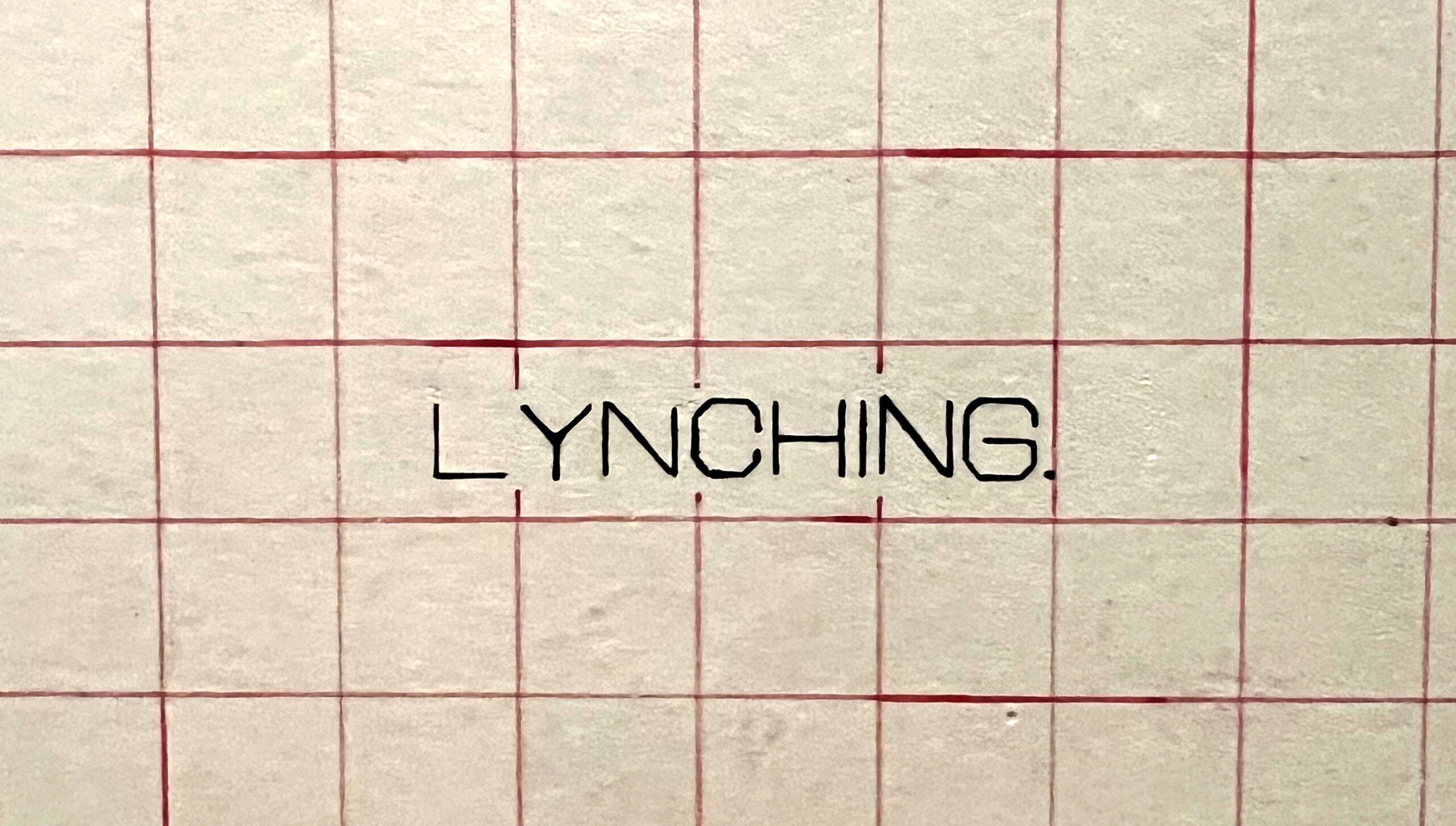Cooper Hewitt’s exhibition Deconstructing Power: W. E. B. Du Bois at the 1900 World’s Fair features one-of-a-kind data visualizations depicting changes in migration, wealth, education, employment, and other aspects of Black life in Georgia and the United States. Du Bois (pronounced Doo-BOICE) and his students at Atlanta University created the poster series for the 1900 World’s Fair in Paris, inserting data about Black life into a vast public event that trumpeted the power of nations, particularly their colonialist exploits. The posters were drawn and painted by hand, directly on poster boards, with ink, gouache, and watercolor. On one poster, a long red spiral compares Georgia’s rural Black population to the state’s smaller urban population. On another, brightly colored circles show the growing number of teachers working in Georgia’s public schools.
All of these stunning graphics use text to communicate their messages. In the art of data graphics, labels and legends help turn lines, shapes, and colors into clear concepts. Du Bois and his team (led by Atlanta University graduate William Andrew Rogers) had a few short months to research and produce their exhibition, so they needed an efficient method for applying letters to each hand-rendered poster.[1] On some of the posters, the titles were typeset and pasted neatly across the top of the board, but most of the text was drawn by hand in geometric capitals. The lighter letters were drawn with a single pen stroke; the bolder letters were outlined first and then filled in with ink.

Lettering, “Valuation of Town and City Property Owned by Georgia Negroes” and “Proportion of freemen and slaves among American Negroes” (details), 1900; Designed by W. E. B. Du Bois (American, 1868–1963) and students of Atlanta University (Atlanta, Georgia, USA); Ink and watercolor on board; 71 × 56 cm (27 15/16 × 22 1/16 in.); Library of Congress Prints and Photographs Division
The letters on Du Bois’s posters consist entirely of straight lines. This technique (called block lettering, straight line lettering, or mechanical lettering) was easier to learn than freehand styles. As shown in Milton Clauser’s design manual, such letters were constructed with a drawing board, t-square, and triangle. To work quickly, the designer would draw all the vertical strokes in one pass and then draw the horizontal and diagonal strokes in a second pass. This method eliminated the annoyance of continually re-positioning the t-square to construct each letter. Architects and engineers commonly applied mechanical lettering and more fluid freehand styles to floor plans and working drawings. These pragmatic styles were designed for speed of execution.

Instruction manual, Milton Clauser, Straight Line Alphabet for Lettering in the Grades, 1916, internetarchive.org
In these posters, Du Bois both celebrated Black achievement and called out racism. One of his posters features a single curve: the changing valuation of property owned by Black families in Georgia. This rising and falling line shows Black wealth rising rapidly between 1880 and 1890, disrupted by the forces of “Ku-Kluxism,” “financial panic,” “lynching,” “political unrest,” and “disfranchisment [sic] and proscriptive laws.” These phrases, inked across the gridded background, identify the obstacles that hindered the overall advancement of Black communities.

Data Visualization, “Valuation of Town and City Property Owned by Georgia Negroes,” 1900; Designed by W. E. B. Du Bois (American, 1868–1963) and students of Atlanta University (Atlanta, Georgia, USA); Ink and watercolor on board; 71 × 56 cm (27 15/16 × 22 1/16 in.); Library of Congress Prints and Photographs Division

Data Visualization, “Valuation of Town and City Property Owned by Georgia Negroes” (detail), 1900; Designed by W. E. B. Du Bois (American, 1868–1963) and students of Atlanta University (Atlanta, Georgia, USA); Ink and watercolor on board; 71 × 56 cm (27 15/16 × 22 1/16 in.); Library of Congress Prints and Photographs Division
The capital letters appearing in this and other posters in Cooper Hewitt’s exhibition are the basis of a digital typeface designed in 2020 by Tré Seals, a branding and type designer working in Washington, DC. Seals founded Vocal Type in 2016, a digital type foundry inspired by the history of civil rights activism. His typeface Martin is based on the huge wood type used in famous posters such as “I AM A MAN” in the 1960s. His typeface Bayard, named after civil rights activist Bayard Rustin, is based on placards that were hand-lettered by sign painters.

Typeface, Du Bois, designed by Tré Seals, 2020
To create the Du Bois type family, Seals studied the various block letters used in the poster series and unified them around a core geometry. He created uppercase and lowercase alphabets in two weights and three widths. Seals also designed two styles of italic: a typical oblique font (tilting towards the right) and a reverse italic style (tilting left). Reverse italics are rare within formal typography, but they commonly appear in vintage lettering manuals intended for engineers and architects. Du Bois and his team used reverse italics several times in their poster series.
Seals belongs to a rising generation of Black designers who are challenging the White-centered canon of typography. The Du Bois type family revives an accessible, easy-to-learn lettering style—and expands the cultural legacy of W. E. B. Du Bois.
The exhibition Deconstructing Power: W. E. B. Du Bois at the 1900 World’s Fair is on view at Cooper Hewitt through May 29, 2023.
Ellen Lupton is curator emerita after 30 years at Cooper Hewitt as a curator of contemporary design.
Notes
[1] Silas Munro, “Introduction to the Plates,” W. E. B. Du Bois’s Data Portraits: Visualizing Black America, The Color Line at the Turn of the Twentieth Century, ed. Whitney Battle-Baptiste and Britt Rusert (New York: Princeton Architectural Press, 2018), p. 50.
